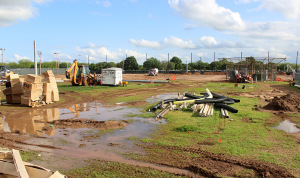
Two grass fields are being changed into field turf and will be completed before the beginning of the fall semester. For the past five years, these fields have been ideal for the university’s sports and recreational use. From the “drought” the city has been in, to the space needed for more recreational use, there will be multiple benefits reaped from this project.
One area of grass fields being replaced is the football practice field.
“Five years ago, the practice fields we had could have been the best in the country,” Bill Maskill, head football coach, said.
Once the city went into a drought, it became more difficult to maintain the good health of the field with water amounts decreasing. With the grass having a sand base, the water from seldom rainstorms along with the routine usage from the football team caused the fields to grow slightly uneven over the years.
The football team used the practice field, other athletic teams used it for conditioning, as well as the student body participating in recreational sports.
The positioning of the field lines used to run east and west but will run north and south when the field turf is installed.
“We have had flag football classes, intramural football, and of course our football team practices on the field so it really wore it down. Now once the project is up, we’ll even have a recreational grass field designated for the student body to be out there while the football team is out there. So it’s a win-win for everybody,” Maskill said.
Field turf is a particular type of artificial playing surface. Last year, the football team played every single game of the season on field turf. Maskill said practicing on grass fields and then going to play a game on turf doesn’t make a huge difference in preparation. The impact that the field change will make as far as preparation would be the weather situations.
“Last season, if it rained, it affected our practice because the fields were in such bad shape. Five years ago, it could rain all day long for two weeks straight and it wouldn’t affect us because we had good, thick, plush grass,” Maskill said.
Adding field turf has its negatives, including the heat. The actual temperature on traditional field turf can be about 60-80 degrees hotter than the actual outside temperature.
“Summer workouts will be hotter, but the companies say that there is now a cooling mechanism in the fibers of the turf that should make it about 20 percent cooler than it used to be,” Maskill said.
Football players and even former players are looking forward to the new turf. Austun Lambert, freshman in physical therapy, said he is grateful for what his class and classes to come get to enjoy.
“It’s exciting. Yeah it’ll be hot but that’s not that big of a deal. I think upgrading any part of any facility is something that helps any program out overall,” Lambert said. “Turf burns would be the worst part but I’d rather get a turf burn than step in a pot hole and sprain my ankle,” he adds.
Former football player Derek Lockhart, senior in sports and leisure studies, said he is proud of the legacy him and his class left here for all future mustangs.
“We are a winning football team here and I think these fields will only continue that tradition. With the regular grass, we lost amounts of practices and had to move drills in different areas everyday but that won’t be a problem anymore,” Lockhart said. “I wish I could be able to use these fields but I’m happy with the direction this university is headed.”
Across Midwestern Parkway from the football fields are the soccer practice fields that are also undergoing field turf installment.
Assistant Men’s Soccer Coach Michael Meachum said the convenience of a turf field would be the biggest reason behind the change.
“From student-athletes to students, anyone can use these fields anytime it’s available. Also the maintenance part of it won’t be much of an issue so we don’t have to worry about tearing the fields up,” Meachum said.
Soccer is predominantly played on grass which is why the main playing field for the soccer teams will not undergo field turf installment. The men’s and women’s soccer teams have played against other schools within the conference that have turf fields so their preparation is benefitted.
“Now we don’t have to go all the way to Memorial Stadium to practice for those teams because we have it right here,” Meachum said. “When the grass goes dormant over the winter, we won’t have to worry about ruining the dormant grass on our main field so it will stay plush year round,” he adds.
Just like the football practice fields, the soccer practice fields will still have a smaller area of regular grass. This area will be beneficial for their preparation to play grass field teams.
“We will be able to use that grass area for a lot of our technical work like our passing patterns. If we absolutely needed to go to the main field we would but ideally we still don’t want to do that,” Meachum said.
Another benefit for the soccer programs would be the line planning for their practice turf. Instead of having the football lines that were painted on the previous field for flag football, there will be permanent soccer lines.
As with football, soccer players also see problems. In soccer, the ball is obviously on a continuous roll for the majority of the game. On field turf, the speed of the ball while rolling is higher than it is on regular grass. The bounce of the ball is also affected, making it slightly higher on field turf as well.
Although, these negative effects do not phase the confidence of midfielder Laurence Chamberlain, exercise physiology junior.
“Turf isn’t as comfortable, and obviously no one wants to get a turf burn from getting tackled. But regardless to what field we’re on, I’m pretty confident in the team we have and the coaches we have. We’ll still be a great team,” Chamberlain said.
The heat is again the biggest challenge that the athletes will face when using these fields. Some athletes may even use the heat to their advantage by getting used to it so they can be ready for hotter environments during the season.
“It’s going to be crazy hot during the summer. But I think we’ll be fine, it can even help us when we travel to hotter areas in the conference. I played on turf throughout high school and so did the majority of the team so we should be okay,” Chamberlain said.
Both coaches believe that the finished products from these installations will have a huge impact with the recruiting of athletes.
Maskill said, “Recruits will be able to see the turf fields here on campus and just be amazed. There will actually be a Midwestern logo in the middle of one of the fields. As coaches we’re even excited to see that.”
The total cost for all project expenses is $4,566,200 which is partially budgeted by the $6 increase per credit hour paid in student tuition fees. The soccer fields are scheduled to finish by June 1 with the football fields scheduled for July 1.



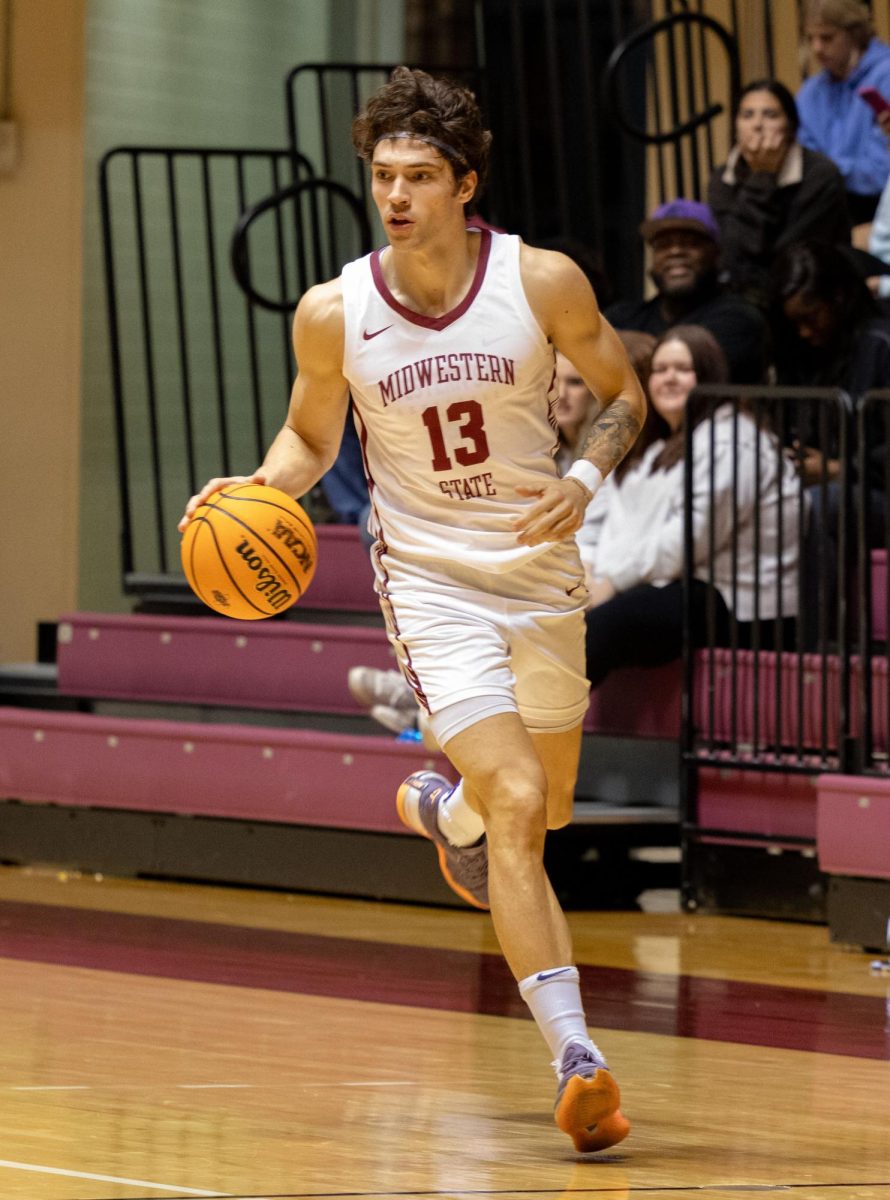
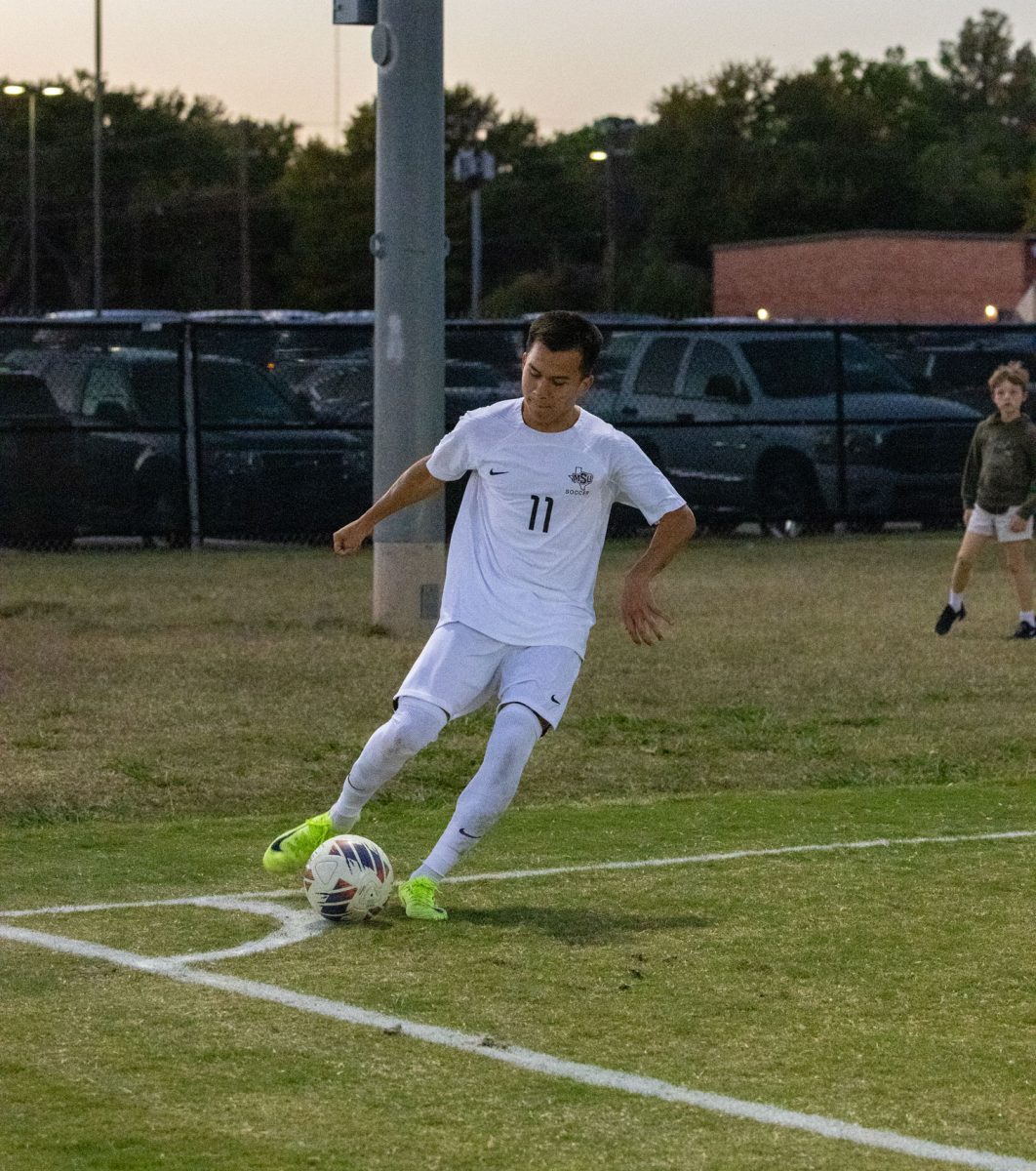
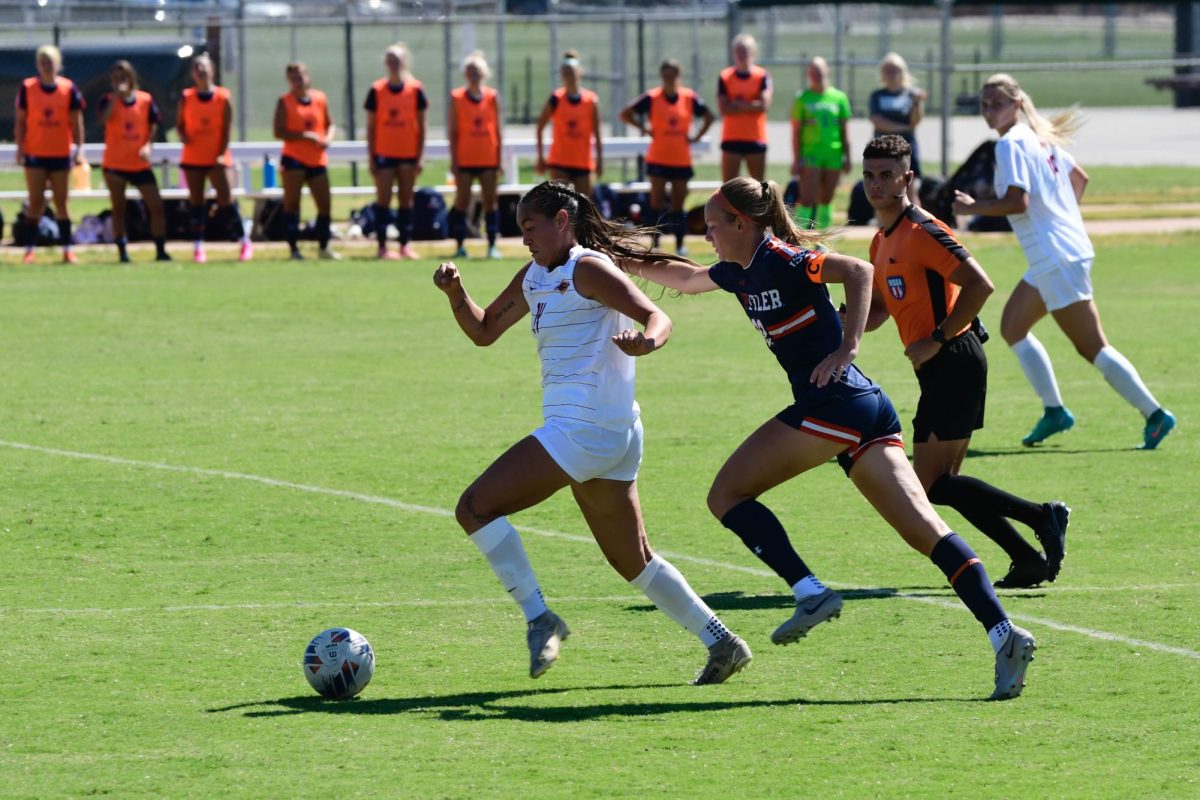
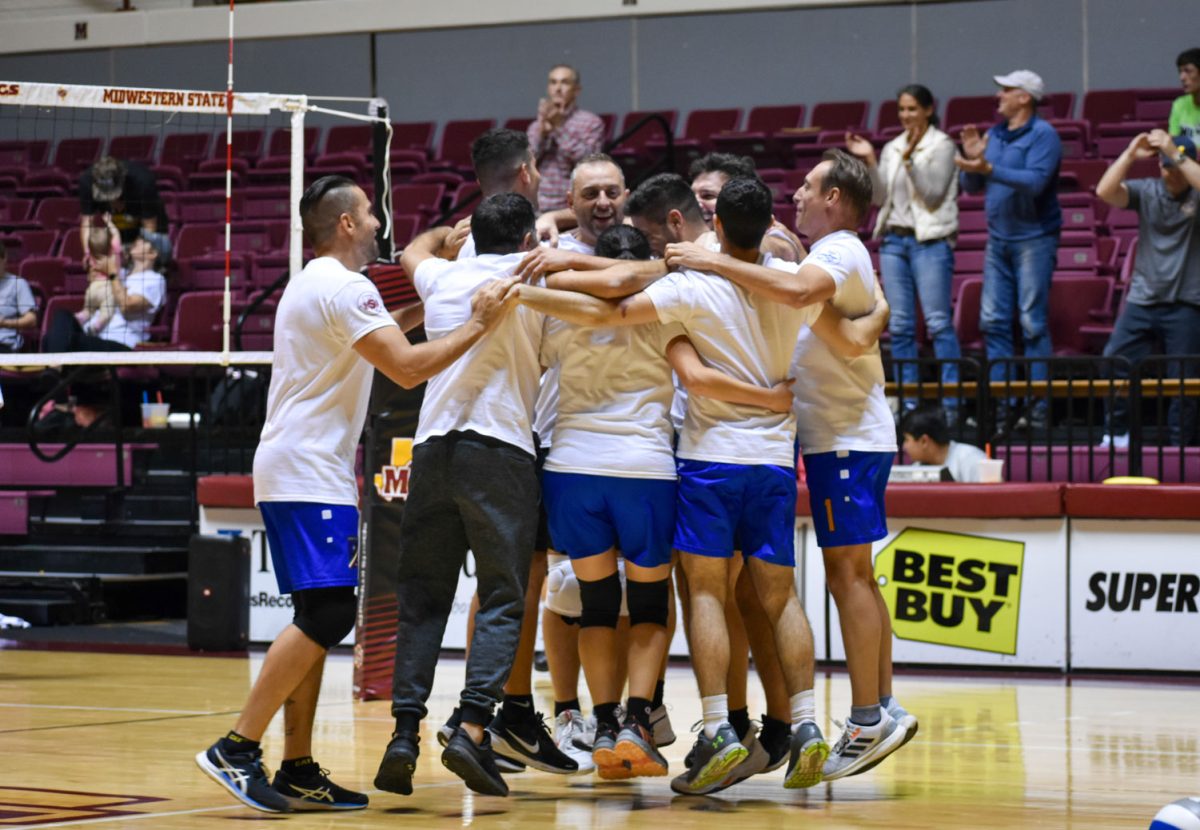
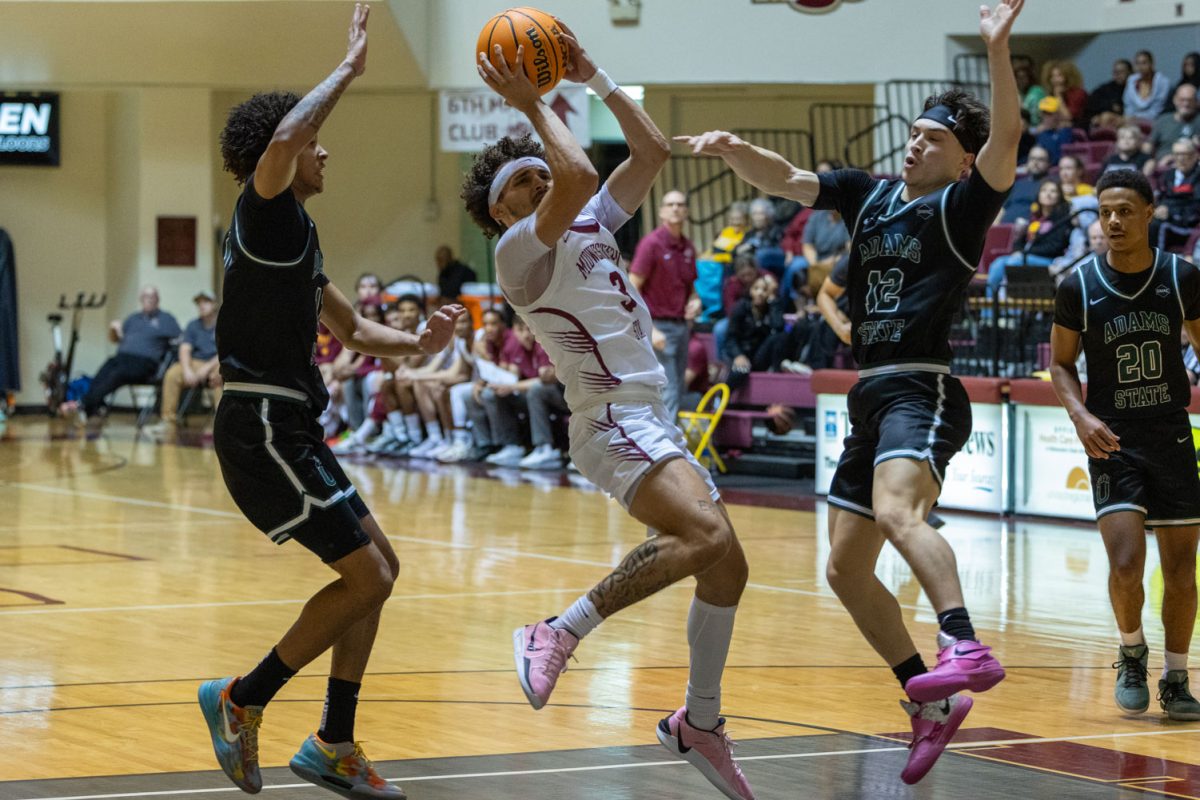
Alastair McLae • Jan 12, 2021 at 1:55 AM
Hi Jared, I am doing a piece of work for the Samoan football federation, im looking for players around the world who have Samoan heritage and could be eligible to play for the Samoan national team. With your contacts in the universities, would you by happen to know of any players or coaches I could contact?
Cheers
Alastair McLae
https://footballcoaching.co.nz/about/